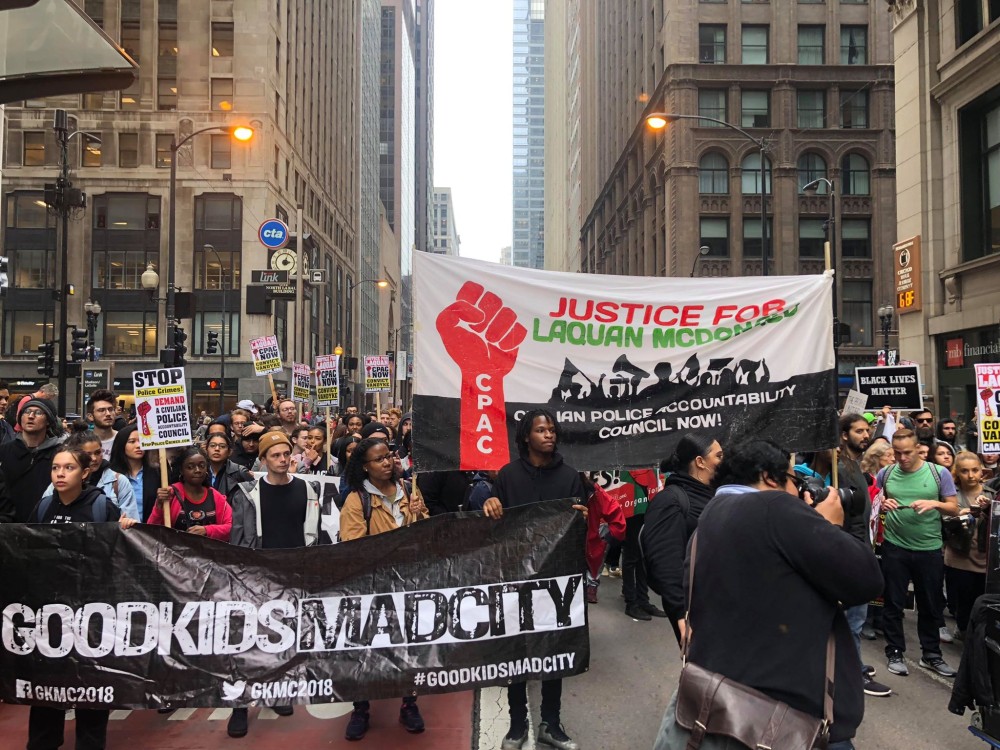What justice for Laquan McDonald could look like
It took public pressure to convict Jason Van Dyke. It will take more pressure to reform the police.

“Justice for Laquan!” chanted demonstrators gathered on the Chicago street underneath the Christian Century’s offices. Their shouts were primarily ones of affirmation: a jury had just delivered a version of justice for Laquan McDonald by convicting a white police officer of second-degree murder for shooting the black teenager in 2014. The verdict was based heavily on a dashboard camera video showing McDonald walking away from the officer before he was shot 16 times.
The ruling has raised hopes in Chicago and beyond that police will finally be held accountable for misconduct. Nationwide, it’s rare for any jury to convict police officers, and until the recent verdict, no Chicago police officer had been convicted of murder in an on-duty shooting in nearly 50 years. The ruling also raised hopes that a genuine reform of police behavior might begin that would establish the trust of citizens, a trust almost entirely broken in the black community.
For over a year after McDonald’s murder, the city had refused to release the dashboard video. Widespread complaints of cover-up eventually led to the resignation of the police chief and the indictment of three police officers on charges of obstructing an internal investigation. A federal probe of the police department confirmed black citizens’ long-standing complaints about racist practices and the excessive use of force.




